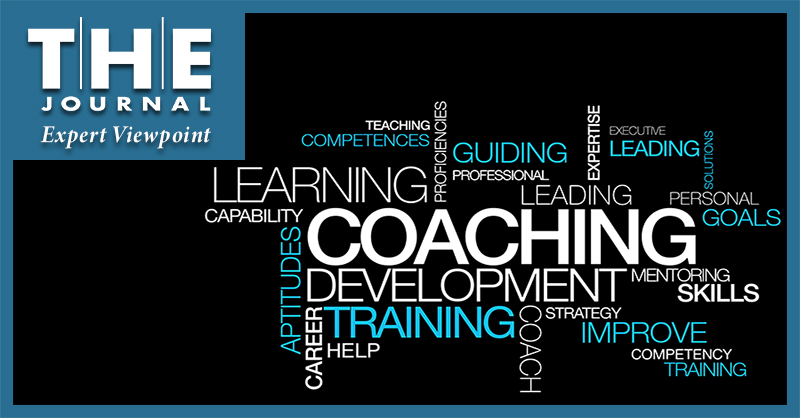
A virtual math teacher and math interventionist shares three ed tech tools that work for helping students overcome barriers and become more engaged and motivated in math class.
As schools respond to the far-reaching mental health crisis in our schools, close collaboration between students, families, schools, community organizations, and support services can be a game-changer, and technology can play a role in making the collaboration easier and automatic. An expert in digital case management systems shares three ways schools can enhance their collaboration practices to better address students' needs.
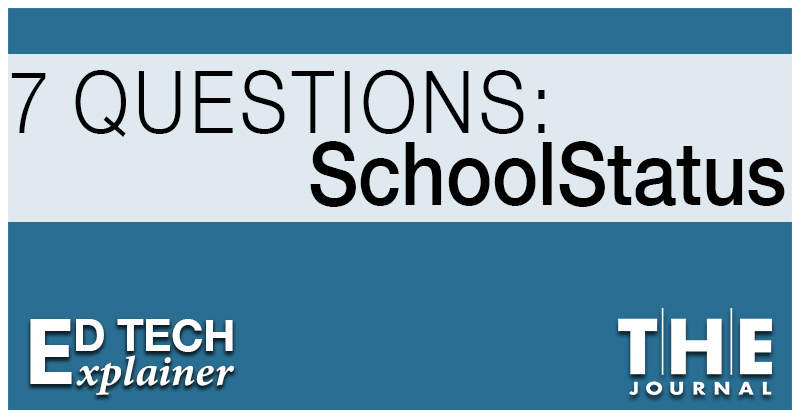
THE Journal’s “7 Questions: Ed Tech Explainer” series gives ed tech leaders an opportunity to summarize their solution(s), explain how their product helps educators and schools, and give a quick overview for K–12 decision-makers — sort of an extended (but not too extended) elevator pitch. For this installment, SchoolStatus Founder and CEO Russ Davis explains how SchoolStatus works in a school tech ecosystem, how it helps educators and students, and how it's pivoted over the past year.
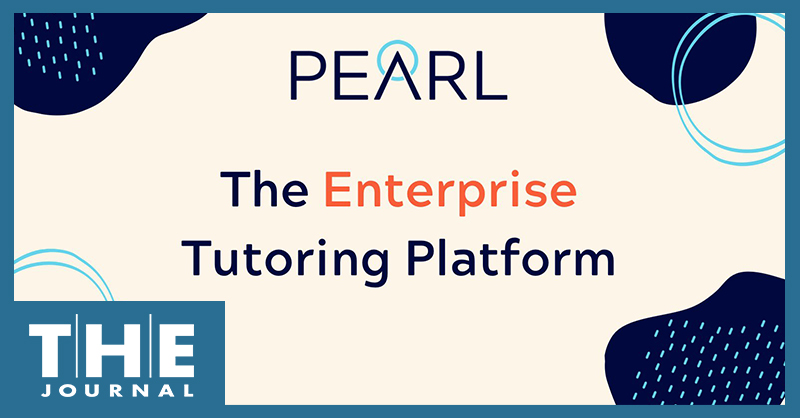
Tutoring platform Pearl today announced that its partnership with the 1-year-old Illinois Tutoring Initiative will expand statewide to all districts meeting the eligibility requirements, thanks to leadership from Illinois State University and federal pandemic relief funds.
Learning technology company HMH this week introduced a host of enhancements to Ed, its teaching and learning platform, including integrations with Google Classroom and Clever and improvements to its core, supplemental, and intervention solutions and professional learning services, according to a company blog post.
Curriculum Associates has updated its i-Ready Personalized Instruction and Assessment program with new reports, lessons, accessibility features, and other enhancements designed to help educators support grade-level work, monitor progress, and drive student engagement and motivation, according to a news release.
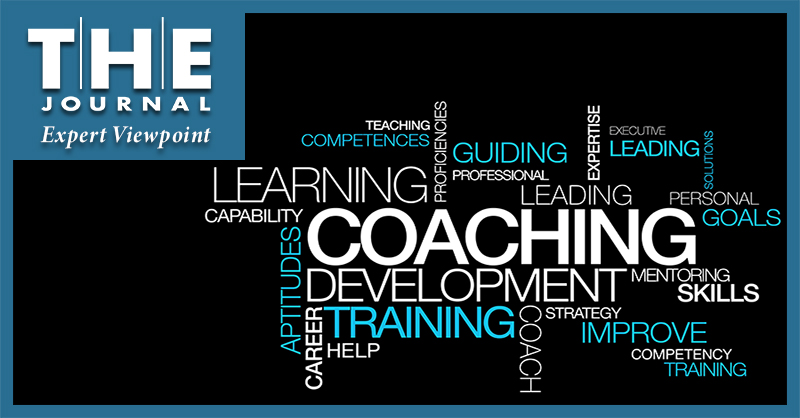
As districts consider their assessment processes and how they will be used to support student learning, asking questions, and determining the goals for an assessment can help. Building and maintaining a balanced assessment system is essential for schools, but the process can be complicated. School district leaders want to make sure they’re using and administering formative, interim, and summative assessments at the right times and in appropriate ways.
The New Hampshire Department of Education recently tapped Tutor.com to provide 24/7 online tutoring access to every middle and high school student in the state, including those enrolled in public, private, and charter schools, as well as home-schooled students in the Education Freedom Account and Home Education programs.

Educators and instructional technology experts Michael Jaber and Charley Suter describe the “endless” ways that ClassVR virtual reality headsets can help educators get students excited about learning — and share some incredible and surprising ways they are using ClassVR in schools, particularly for special education students, students with autism, and those with limited mobility.
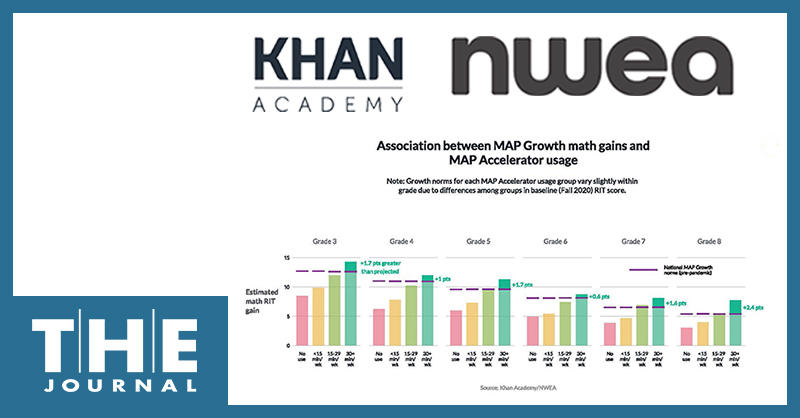
In a massive study conducted during the 2020–21 school year, education researchers at NWEA found that students using MAP Accelerator personalized math instruction for at least 30 minutes a week achieved surprisingly big gains across all grades and all demographic categories, according to the study results released today.